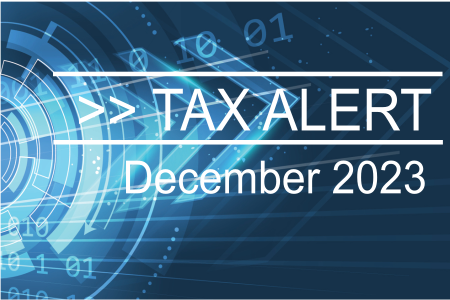In a rapidly evolving response to the spread of COVID-19, the Federal Government announced in March a new suite of welfare packages to help Australians who've found themselves out of work. Among them are the JobSeeker and JobKeeper payments. Here’s a rundown of how they work:

JobSeeker
The JobSeeker initiative was devised in mid-March, prior to the JobKeeper changes, to support those who find themselves out of work and seeking a job. The payment is available to out of work employees including sole traders, self-employed, casual workers and contract workers who meet the income test as a result of the economic downturn due to the Coronavirus. The asset test and the one week waiting period has been waived.
The full JobSeeker payment is about $1100 per fortnight, including a six-month $550 fortnightly coronavirus supplement payable from April 27, but it does depend in your income and your partner’s income. The partner income threshold has been increased from $48,100 to $79,762 per annum to qualify.
If you qualify for JobSeeker benefits, you may also receive rental assistance, an energy supplement, pharmaceutical allowance and family tax benefits. All amounts are before potential tax.
JobKeeper
This is an initiative to assist employers retain employees if still operating or to stay connected to employees if their business has closed.
The JobKeeper payment will be $1,500 per fortnight per eligible employee.
While the government believes around six million eligible Australians will end up receiving the payment, it will be restricted to staff who were working for an eligible business on March 1 and are at least 16 years old. Casual workers will need to have been working for the company for at least one year to receive the payment. Eligible sole traders can apply for this payment.
You’ll need to wait for your employer to apply for the payment through the ATO in order to be able to receive it. Payments will be made in the first week of May 2020, but will be backdated to 30 March 2020. To qualify, businesses with turnover of less than $1 billion need to have lost at least 30% of their revenue, and businesses with turnover of $1 billion or more need to have lost at least 50% of their revenue. In both cases, the business must keep the worker employed, and the payment must be passed onto the employee if they earn less than $1500 per fortnight.
Contact us if you would like assistance in determining your eligibility for either of these initiatives or if you have any other questions we can assist with.
Did you enjoy this article?
Click below to share it
More News Articles

Retirement Planning: It’s Not all About the Money
Retirement is often a massive life change for the majority of people who experience it

FBT – How Fringe Benefits Tax Works
FBT is separate to income tax. It’s calculated on the taxable value of the fringe benefit

Tax Alert December 2023
The ATO is getting back to business with it’s lenient approach during the pandemic over, it’s focus now is returning to traditional debt collection

How a Super Recontribution Strategy Could Improve Your Tax Position
The main reason for implementing a recontribution strategy is to reduce the taxable component of your super and increase the tax-free component

Rental investor? How to Get Your Tax Return Right
Extra care is needed when lodging returns with rentals

What to do if You’ve Been Scammed
Know that you are not alone and you can recover from this. There is support available, if and when you need it
Connect Through our Socials
While you may have come to us from a variety of sources, the time has never been better to join us.
Connect through out socials to keep up to date with our latest news and get some tips.




